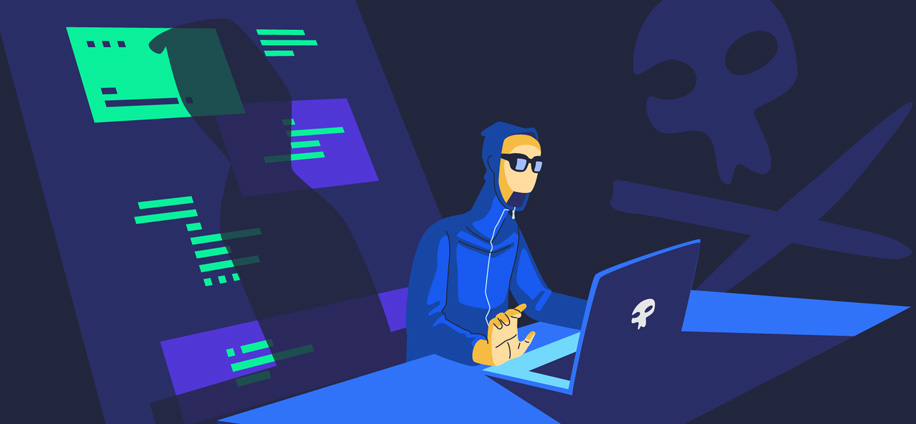Dark Web Markets After Dread: Where Are Users Going Now?

Dread was never just another forum. Launched in early 2018, it grew into the darknet’s most trusted platform for discussion, dispute resolution, and market news. With Reddit-style threads and pseudonymous moderation, it became the unofficial heartbeat of the underground—until it started vanishing.
From late 2023 onward, Dread faced waves of technical outages, onion link instability, and DDoS attacks. While not officially shut down, it became unreliable. For many users, the disruption felt like a system failure. Without Dread, there was no neutral ground, no public court, no way to vet vendors or verify exit scams.
So where did everyone go?
Fragmentation Begins: A Decentralized Exodus
The first sign of Dread's weakening influence was fragmentation. Instead of a unified migration, darknet users scattered. Some joined Dread clones. Others relied on existing market forums. A few retreated into invite-only spaces. The result? The community splintered into dozens of isolated bubbles.
Immediate Alternatives That Emerged
- The Hub: Once overshadowed by Dread, this discussion forum saw a 300% spike in activity by early 2024.
- Telegram and Tox: Private channels became temporary shelters for vendor communication.
- I2P forums: A small but growing number of users shifted to the Invisible Internet Project for resilience.
- Encrypted note platforms: Tools like ZeroBin and OnionShare were used for broadcasting news from banned vendors.
No single replacement captured Dread’s scale or trust model. Instead, darknet culture entered an era of decentralization.
Marketplaces Adapt Without Dread
Previously, most darknet markets relied on Dread to communicate with users. Market listings, downtime announcements, scam alerts—all were posted there. With Dread unreliable, markets had to develop standalone outreach strategies.
Market Communication Tactics Post-Dread
- Dedicated support forums: Markets like Incognito, Nemesis, and Archetyp created built-in user forums to bypass external dependencies.
- Mirror verification sites: Platforms like Dark.fail and Tor.taxi helped users confirm active mirrors.
- On-site newsfeeds: Several markets introduced real-time status updates on their homepages.
- Cryptographic proofs: To verify identity across channels, some admins began posting signed PGP messages on multiple surfaces—including GitHub gists and Pastebins.
The reliance on a central discussion hub dissolved. What replaced it was fragmented redundancy: multiple small announcements, spread thinly across multiple platforms.
The Rise of Encrypted Communities
In Dread’s absence, a new kind of darknet community emerged—invite-only, closed-loop, and trust-gated. These groups reject open indexing and rely on vetting. Many are accessed through layered proofs: PGP handshakes, behavior history, and even dark web referrals.
Features of These Micro-Communities
- No public indexing: Onion addresses are circulated manually.
- Time-bound invites: Links expire, and access logs are purged automatically.
- Encrypted bulletin boards: Based on custom software, often hosted redundantly across Tor and I2P.
- Reputation mirrors: Instead of karma or upvotes, trust is built via referral chains and encrypted escrow performance.
These micro-communities trade reach for security. They’re smaller but more resilient—especially to infiltration or takedown attempts.
The Trust Vacuum and Rise of Scams
Without Dread’s vendor reviews and scam alerts, trust collapsed quickly in early 2024. Several “trusted” vendors vanished overnight after orchestrating exit scams, banking on the communication chaos to cover their tracks.
Notorious Post-Dread Exit Scams
- NightNet vendor ring: Vanished after collecting Monero orders totaling $250,000 in less than three weeks.
- CryptTrail carding service: Claimed to be rebranding, but DNS records showed deliberate takedown.
- BitFever: Market closed without notice; wallet system disabled minutes before full shutdown.
The trust vacuum became a weapon. Buyers had no way to report fraud. Vendors had no way to prove legitimacy. It was the perfect storm for opportunists.
Emergence of Independent Review Channels
In an effort to rebuild trust, some users began running third-party reputation boards outside of major markets. These tools mimic vendor feedback systems but operate independently.
How They Work
- Vendors sign reputation messages with a PGP key.
- Buyers submit transaction hashes and reviews.
- Moderators verify using blockchain data and cross-platform identity checks.
- Escrow and finalization data is published semi-publicly.
One example, RepVault, began gaining traction in mid-2024. Its emphasis on cross-market trust scoring allowed users to track vendor behavior across platforms—even when usernames changed.
These tools are still fragile, but they hint at a future less reliant on centralized hubs like Dread.
New Threats, New Culture
The vacuum Dread left behind didn’t just reshape communication—it redefined darknet culture. In its place grew a new ethos: minimalism, decentralization, and compartmentalization.
Key Cultural Shifts
- Smaller operations: Vendors began downsizing to reduce exposure.
- Higher prices: With more risk, costs rose—especially for drugs and forgeries.
- Shift to Monero: Bitcoin’s traceability became unacceptable for major vendors.
- No-escrow deals: Some transactions moved to “trusted handshakes,” where long-time buyers and sellers bypass platform systems entirely.
What emerged wasn’t chaos—but adaptation. The community reshaped itself to survive a world without Dread.